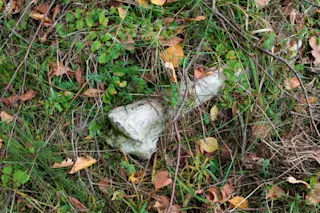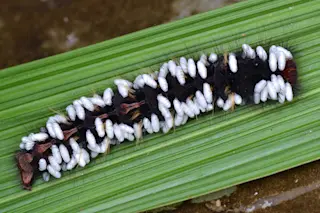Although scientists may not have come close to cataloging all the different kinds of life on the planet, genetics pioneer Craig Venter is pressing ahead with his plans to create biology version 2.0. Venter is at the forefront of the new field of synthetic biology, in which scientists try to create all new organisms out of their component genetic parts:
"We're moving from reading the genetic code to writing it" [Pittsburgh Post-Gazette]
, Venter has said. Now, he and his colleagues have taken the next step towards synthetic life. In a study published in Science, the researchers explain how they took the genome from the bacterium
Mycoplasma mycoides and transferred it to a yeast cell, where established genetic engineering techniques allow for easier tinkering. After altering the genome in several key ways, they transplanted it into the hollowed out shell of a different bacterial species,
Mycoplasma capricolum. The breakthrough came ...














